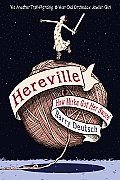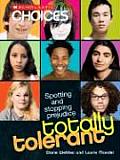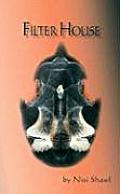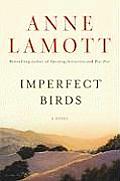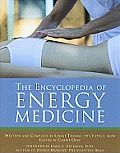Subtitle: Yet Another Troll-Fighting 11-Year-Old Orthodox Jewish Girl
Recommended to me by: Barry Deutsch’s Alas, A Blog
A graphic novel set in an Orthodox Jewish town called Hereville, in a blended family with many girls and one little brother. The facial expressions and other details in the drawings are captivating – I read the book twice and noticed a lot that I’d missed the first time. The characters are realistic even while engaged in unrealistic adventures.
The strict rules of Orthodox Judaism are included in the story, with only the occasional pictorial editorial comment, such as the bored expressions of the youth having “vibrant, passionate discussions” on Shabbat. Yiddish terms are translated in footnotes.
The fantastic elements of witch encounters and troll fights contrast oddly with the Orthodox background, sibling arguments about reputation, and a step-mother’s efforts to manage a large family. The ending is decidedly unexpected.
Mirka is portrayed as reaching for a knife, sword, or tree-branch to violently solve her problems. She is also portrayed as being so immersed in Jewish culture that she didn’t recognize a pig when she saw one.
I’m not sure what to think of the book. It draws me in, and at the same time leaves me wondering if the author’s message is subtly derogatory toward Judaism. While I wouldn’t want to live in an Orthodox community myself, I don’t want to see one exposed to ridicule, either.
Barry Deutsch is a cartoonist in Portland, Oregon.

